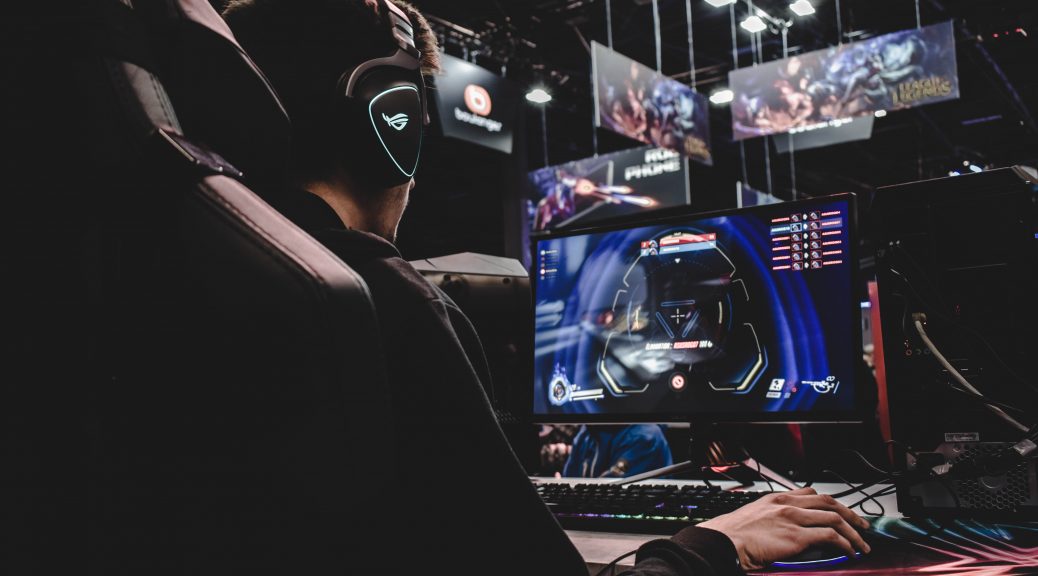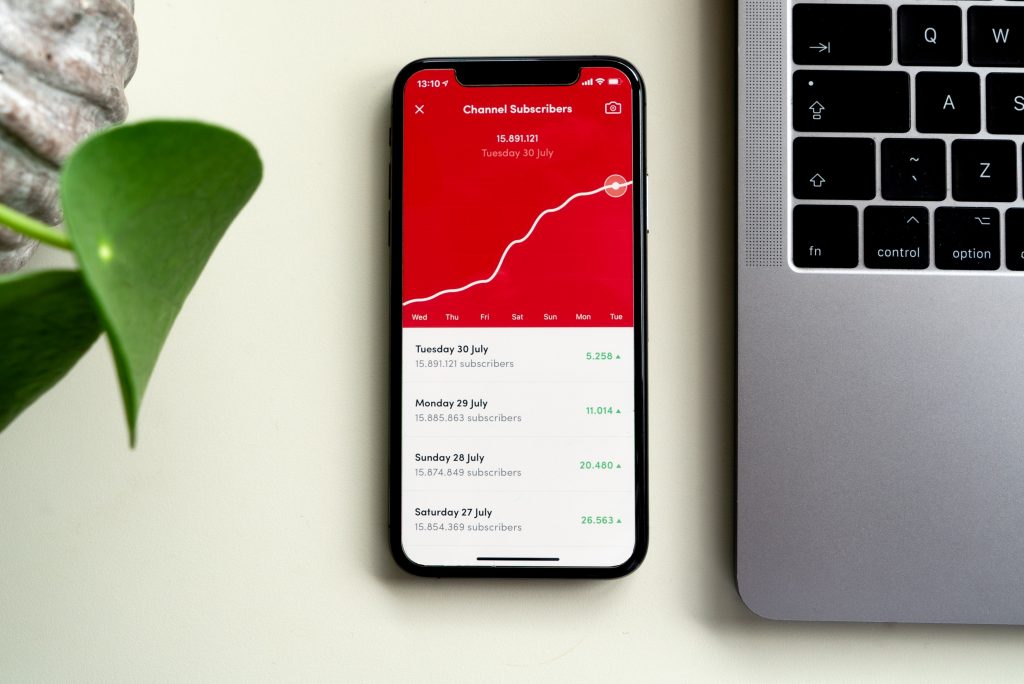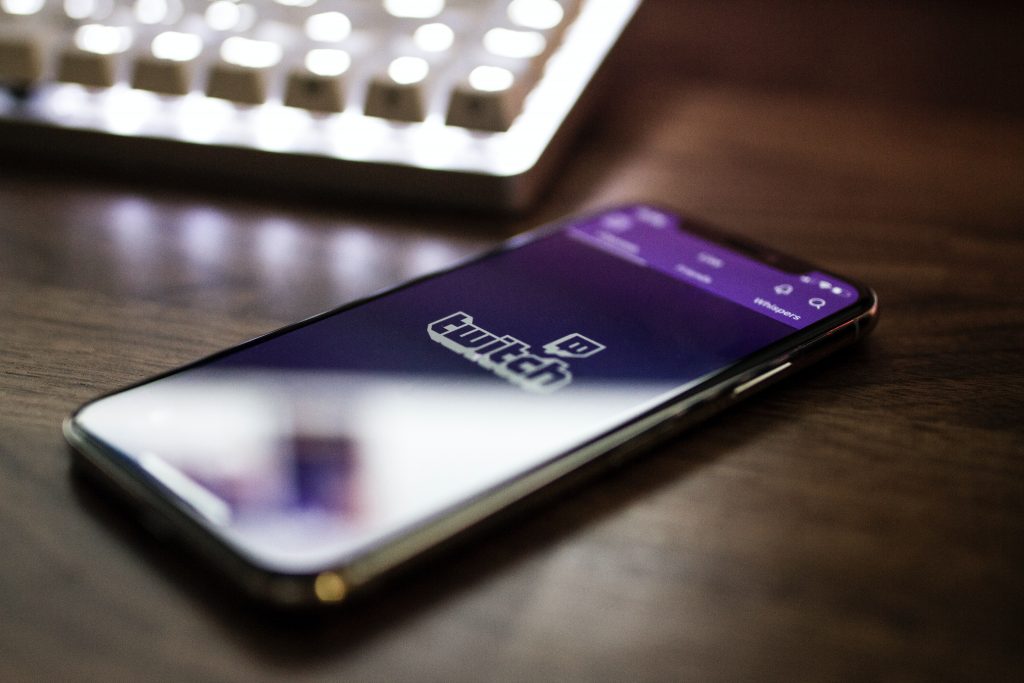
eSports – Regulating Aspiring Gatekeepers?
Digital antitrust law and the goal to regulate gatekeepers currently occupy the centre stage of European competition and US antitrust law. Whilst an evolution of antitrust tools is required to address the mounting challenges of digital ecosystems, are we even heading in the right direction? The European Digital Markets Act (DMA) may not be more than a statutory collection of case law, dealing merely with pre-existing conditions. Instead of embodying truly innovative competition law, the DMA seems to settle for the good old “more-of-the-same” approach. However, rapidly expanding digital ecosystems such as the ones developing in the eSports sector require innovative antitrust law. Fabian Ziermann discusses whether the DMA will be relevant in the future.
First, what is eSports?
Electronic Sports, commonly known as eSports, represents the competitive playing of video games. eSports has developed over the last decade from a small extracurricular activity, pursued by a niche group of particularly talented players, into an entire industry. For instance, the most successful eSports game, Riot Games’s League of Legends (LoL) has entered the eSports scene only 10 years ago in 2011. What started with small tournaments now includes competitive leagues in all major regions of the world, including secondary leagues for talent development. Whilst eSports may be somewhat comparable to traditional sporting disciplines and as such may allow for the conclusion that eSports’ antitrust relevance stems only from the fact that EU competition law is increasingly active in the sporting sector (ISU, super league), this appearance is deceptive.
eSports and modern antitrust – relevance?
Whilst traditional sports are usually regulated by an external governing body which enforces an independent ruleset (e.g. UEFA for football), in eSports, due to the market structure, regulators are effectively unable to establish themselves. However, eSports is not just a sporting discipline that needs regulating, but an ecosystem designed to utilise network effects from several markets, to benefit the respective publisher. These network effects are a product of connecting multiple markets with the underlying eSports game. Both the weak presence of regulators and the winner-takes-all market structure of the eSports sector are attributable to the game publishers’ empowerment by IP law.
Have you checked our Antitrust Advent Calendar 2021 already? Click this link!
Whereas football is not owned by any one party, eSports games and with that all related markets are controlled by the publisher holding the copyright for the respective game. This means that unlike modern gatekeepers, which “only” have a proprietary business model, for instance Google’s algorithms, in eSports the game publisher has an ownership interest in all markets built on the underlying game.
Are such markets large enough to warrant antitrust intervention?
The LoL game on its own has a monthly player base of 115 million players, whilst Riot Games’s streaming channel on Twitch has 6.1 million followers, with another 18 million followers on YouTube channels. Furthermore, the recent LoL Worlds 2021 tournament reached up to 73 million viewers for a single match, constituting an increase of 60% compared to last year. Wild Rift (the mobile version of LoL) had more than 40 million downloads from October 2020 to August 2021 and a similar number in app revenue (Statista). Additionally, sectors like the streaming sector are (aside from official tournaments) overwhelmingly stakeholder-driven. For instance, LoL content is streamed by up to 4,000 concurrent individual channels on Twitch, with peaks being as high as 11,000 channels. This results on average in 150 million hours of LoL content watched every month on Twitch alone.
Whilst Google has approximately one billion monthly users, from the above numbers it is fair to say that LoL markets have at least 1/5 of that. However, unlike Google and other GAFAMs, which face countless antitrust challenges, eSports is being overlooked.

The DMA and eSports
Based on the numbers above, it would be expected that the eSports sector and its connected markets would start to face some antitrust scrutiny, especially since ex ante regulation in digital markets is on the rise. To quote the DMA [26]:
“Undertakings can try to induce this tipping and emerge as gatekeeper by using some of the unfair conditions and practices regulated in this Regulation. In such a situation, it appears appropriate to intervene before the market tips irreversibly.”
Is the eSports market tipping, has it already tipped? The answer is: it depends. Arguably, there is no such thing as an eSports market, there is only an eSports ecosystem, consisting of several new and traditional markets, which cannot be considered in isolation due to the importance of network effects. If this concept is adopted, then the eSports sector consists of multiple ecosystems, each founded on a game, so for instance the LoL ecosystem, the Counterstrike ecosystem, the Dota ecosystem and so on.
The LoL ecosystem arguably has the strongest moat of all eSports ecosystems. Its only successful competitor in the same game genre (MOBA-Games) is the Dota ecosystem, which has some 0.5-7 million monthly players, constituting only a fraction of the LoL ecosystem. Given these circumstances, LoL could clearly be the dominant undertaking in the market for MOBA ecosystems.
Does the DMA address such developing complexities?
Whilst the DMA does not explicitly address eSports, it targets some of the actors of the eSports ecosystems. GAFAMs have long established themselves as endemic actors in the eSports sector. Google’s YouTube allows for the streaming of eSports matches and the uploading of eSports content, whilst Amazon is even further integrated through Twitch and its sponsoring of eSports leagues. Amazon has even launched its own game “New World”, which will likely enter the eSports sector at some point.
Hence, it can be expected that the DMA will address at least some elements of the eSports ecosystems in which multiple GAFAMs have established themselves. Google, Amazon and Facebook each operate streaming and/or content creation platforms. Currently, eSports streaming has about 470 million viewers. Projections for 2024 are as high as 600 million viewers (Statista). However, streaming services, whilst having been proposed as a core platform service, were not included in the DMA, nor are any other elements of the eSports sector. The streaming and with that indirectly the eSports sector seem of no interest to competition authorities and the DMA. Why?
(Potentially) anti-competitive practices in the eSports sector
As we have learned from the DMA, Articles 5 and 6 of the Proposal are mostly a collection of the Commission’s proudest moments in recent years. However, in such circumstances we cannot speak of ex-ante regulation. By imposing obligations which are already recognised under the current regulatory standard, whilst having to be enforced through the Commission, one does not regulate new conduct. If one approaches regulation in this manner, we must wait another 10 years for the Ecosystems Regulation Act, constituting the next “ex-ante regulation” and summarising European antitrust cases from 2022-2032. At that point in time, companies will have already set their innovation agenda for the next decades with antitrust regulators, once again, years behind.
Obviously, antitrust law will only intervene in a sector when there is evidence of anti-competitive conduct. Taking the LoL ecosystem, (potentially) anti-competitive conduct could easily be identified. Consider the following example.
Whilst LoL publisher Riot Games is the primary organiser of the LoL eSports leagues and tournaments, a LoL content creation market has formed, complementing and competing with Riot Games services. This includes the creation of highlight videos of eSports matches. Hence, an eSports viewer has the choice of watching an entire eSports game via the Riot Games streams on Twitch or YouTube and afterwards or instead, could watch a highlight video of the game shortly after the stream has ended. Such highlight videos are produced by channels such as Onivia or Kaza LoL highlights. This has become established practice for years and was even supported by Riot Games, which expressly stated in its Terms and Conditions that content creation monetised via ad revenue was permissible.

However, at the start of the LoL Worlds 2021 tournament, Riot Games prevented content creators from uploading highlight videos in the first 24 hours after a match was streamed. It based its decision on the same Terms and Conditions which previously permitted such conduct and had not been changed since August 2018. If one compares the viewership numbers of highlight videos by Onivia, a decrease in traffic by 80-90% on average, in comparison to 2020, is apparent. On the other hand, Riot Games itself also operates a YouTube channel, providing uploads of entire matches, and has, on average, only experienced marginal viewership increases. Could this potentially constitute anti-competitive conduct?
The General Court (GC) in Google Shopping has just provided some steps in relation to self-preferencing conduct. Whilst self-preferencing does not always constitute an abuse, it can be considered abusive if
1) it has an impact on traffic
2) such traffic can be diverted and is important for competitors and
3) if such traffic cannot easily or effectively be replaced by something else.
The GC also outlined that Bronner is not the only way to gain access to an essential digital infrastructure, a criterion which an eSports game may nevertheless likely meet, as a skillset in a particular eSports game may not be transferable to other games, rendering the game essential.
Furthermore, the GC outlined that there is a certain abnormality involved in the promotion of one’s own services, especially so if it deviates from the market behaviour of a rational undertaking. It held that the purpose of a search engine is to provide all relevant results. Promoting some own results was deemed abnormal and against the purpose and value of the search engine. In eSports, at least according to continuous statements by Riot Games executives, the purpose and value of the eSports sector is the marketing effect. As such, an action reducing the number of users reached by 80-90% and the inability to capture such users elsewhere is clearly irrational when pursuing a marketing effect, as the purpose and value of marketing is to reach as many potential users as possible.
The GC further outlined the need for equal treatment between various economic actors. Whether this equal treatment is at risk due to the active behavior of modifying search result placement or the active behavior of modifying the ruleset in a moat-protected ecosystem should make no difference. Especially so since access under non-discriminatory circumstances is not subject to the satisfaction of the Bronner criterion. This can also be supported by the recent decision of the French Autorité, wherein decisions by Google favouring its own services in the online advertising sector where held to be “non-objective […] and discriminatory operating rules”, which could arguably also apply to Riot Games’s 24 hour rule.
Towards a regulation of eSports?
Whilst Google Shopping concerned a two-sided market and not an entire ecosystem, the principles of the theory of harm remain the same, yet there is no indication that the eSports sector will be subjected to heightened antitrust scrutiny. Certainly, the Commission and national authorities cannot regulate every sector, so what is the advantage of regulating the eSports sector?
First, if the process of pushing through the DMA has told us anything, it is that regulators still fail to understand the concept of ex-ante regulation. Implementing a Digital Markets Act, where the main obligations stem from infringements that are now more than a decade old, does not overly help in regulating gatekeepers which are not addressed by the Act. Instead, the focus should be on understanding the business models that are lined up to rule the next decade, including eSports, gaming and especially content creation.
Second, whilst the eSports sector may be somewhat unattractive economically speaking, with a revenue valuation of “only” a little over US$1bn, the gaming sector that absorbs all of the outlined network effects currently has a US$300+bn valuation.
Third, whilst GAFAMs have IP protected business models and consequently also IP protected moats, the importance of IP elements in business models is significantly increasing. Hence, new ecosystems and business models may no longer be subject to tipping but already have tipped as soon as they come into existence and will, due to IP rights, remain incontestable, demanding earlier intervention by antitrust authorities and the development of new theories of harm to address such complexities.
Will antitrust authorities recognise the problems of underregulated digital ecosystems and invest in understanding them before entire ecosystems have irreversibly tipped? Or do we need to wait for more “ex-ante regulation” in 10 years’ time in the form of an Ecosystems Regulation Act, including another summary of cases where competition authorities acted too late, desperately trying to combat the effects of years of inaction?
Fabian Ziermann is a Doctoral Researcher at the Competition Law and Digitalization Group at the WU Vienna, supervised by Vicky Robertson and Andrew Murray (LSE). His research focuses on comparative digital antitrust and copyright law. He holds an LL.M. in Competition, Innovation and Trade Law from the London School of Economics and Political Science.

D’Kart recommends the 2021 edition of the Antitrust Advent Calendar!